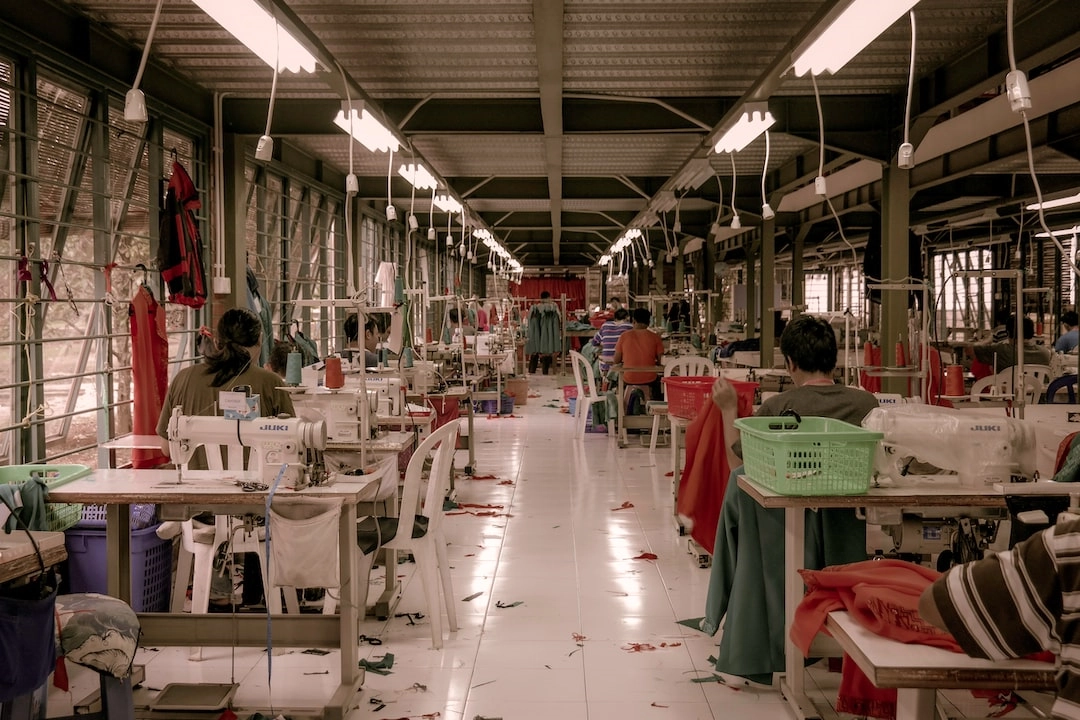
What is Sustainable Furniture?
Sustainable furniture refers to furniture that is produced and used in a way that has minimal negative impact on the environment. It involves considering the entire lifecycle of furniture, including extraction of raw materials, manufacturing, transportation, usage, and disposal. Sustainable furniture aims to reduce carbon footprint, minimize waste, conserve resources, and promote ethical practices.
Real-World Problems Associated with Sustainable Furniture
Sustainable furniture faces several challenges in today’s world. These problems include:
1. Deforestation and Habitat Destruction
Wood is a common material used in furniture production. Unsustainable logging practices can lead to deforestation and habitat destruction, threatening biodiversity and disrupting ecosystems. Finding sustainable alternatives to traditional wood sources is crucial to address this problem.
2. Chemical Pollution and Toxicity
The use of harmful chemicals in furniture manufacturing, such as flame retardants and volatile organic compounds (VOCs), can have detrimental effects on human health and the environment. Sustainable furniture aims to minimize the use of these substances and promote non-toxic materials and finishes.
3. Resource Depletion
The extraction of raw materials used in furniture, such as wood, metals, and textiles, contributes to resource depletion. Overexploitation of resources can lead to environmental degradation and loss of biodiversity. Sustainable furniture seeks to reduce resource consumption by utilizing recycled and renewable materials.
4. High Energy Consumption
Furniture production, particularly in large-scale manufacturing facilities, requires significant energy inputs. This reliance on non-renewable energy sources contributes to greenhouse gas emissions and climate change. Sustainable furniture aims to minimize energy consumption through energy-efficient production processes and the use of renewable energy sources.
5. Waste Generation and Disposal
Furniture is often discarded and ends up in landfills, contributing to the global waste problem. Sustainable furniture promotes a circular economy model where materials are reused, recycled, or upcycled, reducing waste generation and minimizing the environmental impact of disposal.

Solutions for Sustainable Furniture
1. Responsible Wood Sourcing
Choosing furniture made from sustainably sourced wood, such as FSC-certified or reclaimed wood, helps combat deforestation and habitat destruction. Look for furniture companies that prioritize responsible sourcing practices.
2. Non-Toxic Materials and Finishes
Select furniture that uses non-toxic materials and finishes, avoiding harmful chemicals like flame retardants and VOCs. Look for certifications like Greenguard or Oeko-Tex, which ensure low chemical emissions.
3. Recycled and Renewable Materials
Opt for furniture that utilizes recycled or renewable materials, such as recycled plastic, bamboo, or cork. These alternatives reduce resource depletion and promote a more circular economy.
4. Energy-Efficient Production
Support furniture manufacturers that prioritize energy-efficient production processes and use renewable energy sources. This helps to minimize carbon emissions and mitigate climate change impacts.
5. Extended Product Lifespan
Choose durable and well-made furniture that can withstand the test of time. By investing in high-quality pieces, you can reduce the need for frequent replacements, ultimately reducing waste generation.
6. Reuse, Recycle, and Upcycle
Instead of throwing away old furniture, explore options for reuse, recycling, or upcycling. Donating or selling unwanted furniture reduces landfill waste and promotes a circular economy model where materials find new life.















